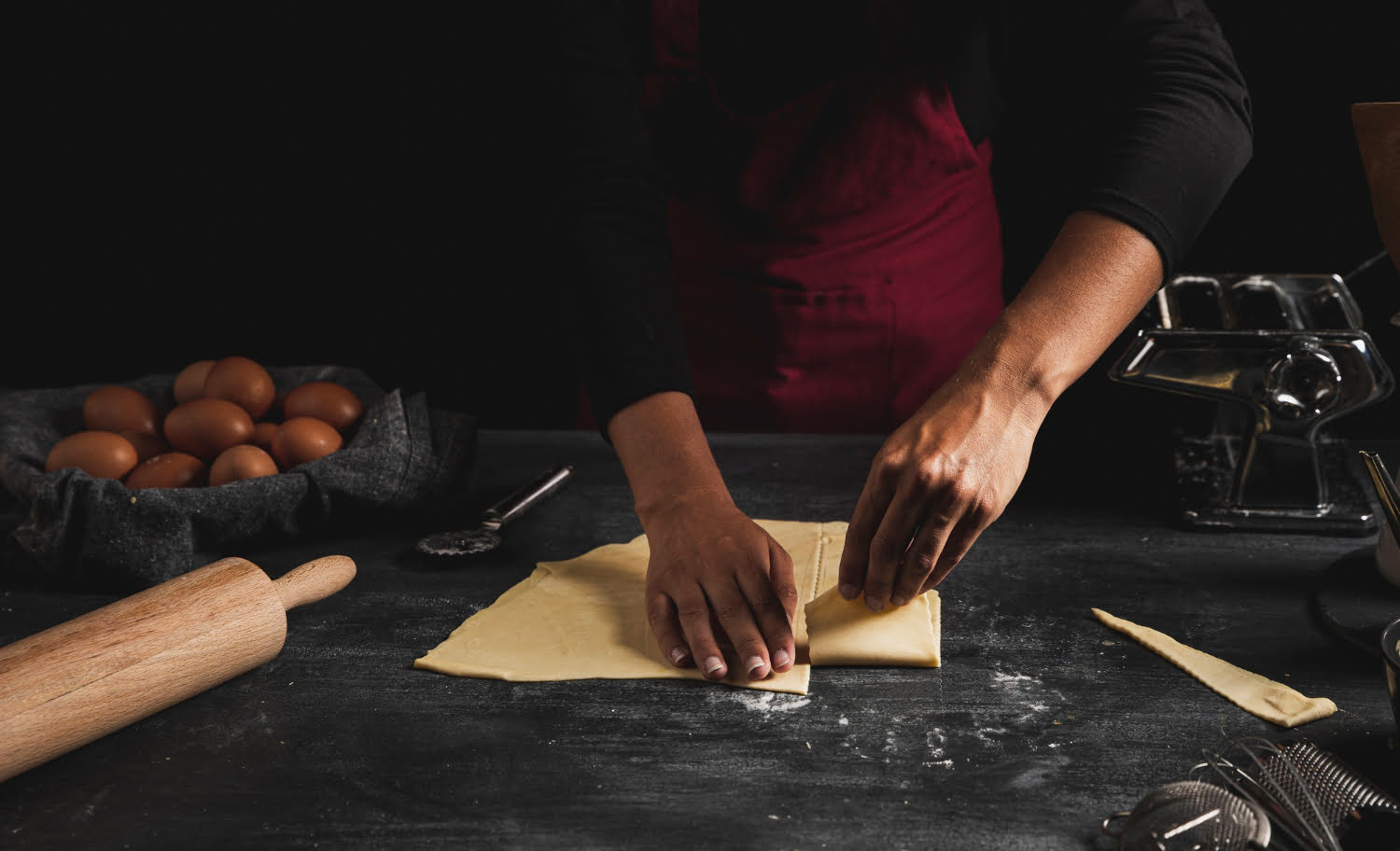Welcome to Chef To Be, where being a Chef is a continuous journey, rather than a destination. In this article, we delve into the realm of intermediate cooking techniques, unlocking the doors to a new level of mastery. As we embark on this culinary adventure, we’ll explore the art of sous vide cooking, delve into the secrets of advanced baking, unravel the nuances of perfect pan-searing and deglazing, and ultimately, guide you toward mastering advanced cooking methods. Join me in this delightful exploration as we elevate your culinary skills to new heights!
1. The Sous Vide Symphony:
Sous vide cooking, a technique originating from the French culinary scene, involves immersing vacuum-sealed ingredients in a precisely controlled water bath. The result? Unparalleled tenderness and flavor retention. Imagine a perfectly cooked medium-rare steak, its juices sealed in, waiting for the final sear to enhance its texture. Sous vide brings precision to your kitchen, making you the orchestrator of culinary symphonies.
2. The Artistry of Advanced Baking:
Take a leap beyond basic baking with advanced techniques that transform your kitchen into a patisserie. Explore laminated doughs for flaky pastries or delve into the delicate realm of sugar work. Picture crafting a decadent multi-layered mille-feuille or creating intricate sugar decorations that elevate your desserts into edible masterpieces. Advanced baking is the canvas; your creativity is the brush.
3. Pan-Searing Poetry and Deglazing Dance:
Pan-searing isn’t just about applying heat; it’s culinary poetry that involves achieving the perfect sear while preserving succulence. Deglazing, the graceful dance that follows, involves adding liquid to release flavorful bits stuck to the pan. Imagine searing a salmon fillet to golden perfection and then deglazing it with white wine, creating a sauce that elevates the dish from ordinary to extraordinary.
4. The Symphony of Advanced Cooking Methods:
Beyond the basics, lies a symphony of advanced cooking methods. Embrace intermediate cooking techniques like braising, where slow cooking in a flavorful liquid transforms tough cuts of meat into melting tenderness. Venture into emulsification, where the marriage of oil and water creates velvety sauces. These advanced methods provide a rich palette to paint the culinary canvas with depth and complexity.
5. Precision in Plating:
Intermediate cooking is not just about taste but also presentation. Learn the art of precision in plating – a technique where every element on the plate has a purpose. Imagine a beautifully plated dish with vibrant colors, contrasting textures, and artistic drizzles. The visual appeal enhances the overall dining experience, turning a meal into a work of art.
6. Risotto Mastery:
Achieving the perfect risotto is a culinary milestone. Master the delicate balance of creamy yet al dente rice, choosing the right variety for your dish. Whether it’s a classic saffron-infused risotto or a creative twist with distinctive mushrooms, mastering risotto showcases your prowess in managing time, temperature, and ingredients.
7. Flavor Layering with Reductions:
Elevate your sauces to new heights by mastering reductions. Simmering liquids to concentrate flavors creates a sauce that’s not just a condiment but a culinary revelation. Whether reducing a balsamic glaze for a Caprese salad or intensifying a red wine reduction for a steak, this technique adds depth and complexity to your dishes.
8. Culinary Infusions:
Transform your creations by exploring culinary infusions. Infuse oils, vinegar, or spirits with herbs, spices, or fruits to add nuanced flavors to your dishes. Picture a lemon-infused olive oil drizzled over a fresh summer salad or a rosemary-infused vodka in a cocktail – culinary infusions add a layer of sophistication to your repertoire.
9. Art of Smoking:
Dive into the world of smoking to impart smoky flavors to your dishes. Whether using a dedicated smoker or a stovetop method, smoking can enhance meats, cheeses, and even cocktails. Imagine a cedar-planked smoked salmon or a smoked bourbon cocktail – the art of smoking adds a unique dimension to your culinary creations.
10. Sustainable Cooking Practices:
As an intermediate chef, embrace sustainability in your kitchen. Explore nose-to-tail cooking, utilizing every part of an ingredient, and experiment with plant-based alternatives. Sustainable practices not only contribute to environmental well-being but also showcase your commitment to responsible culinary craftsmanship.
Conclusion:
In the vast tapestry of culinary arts, intermediate cooking techniques serve as stepping stones to gastronomic excellence. Embrace these techniques with passion, experiment with joy, and let the kitchen be your canvas. As you elevate your craft, remember that the journey of a chef is perpetual – an ongoing exploration of flavors, techniques, and the boundless joy of creation. Happy cooking!
Connect with us through:


